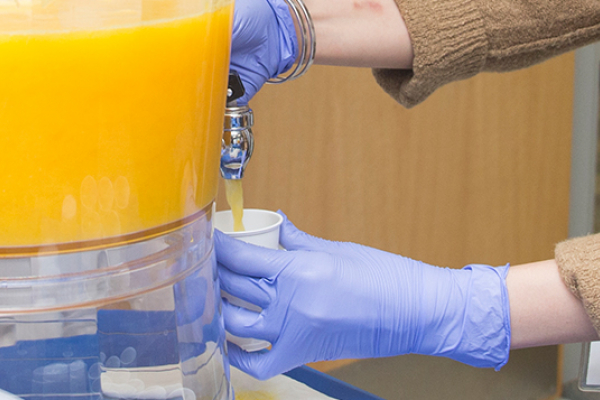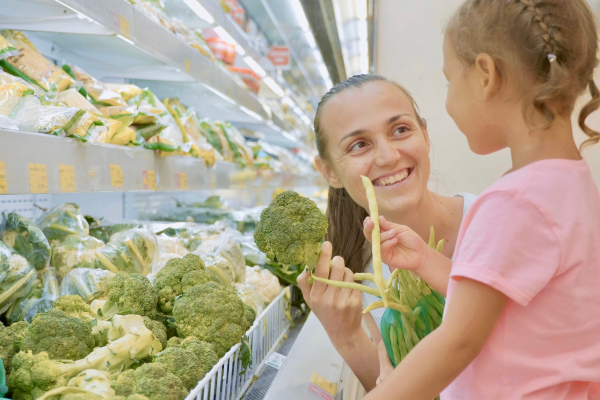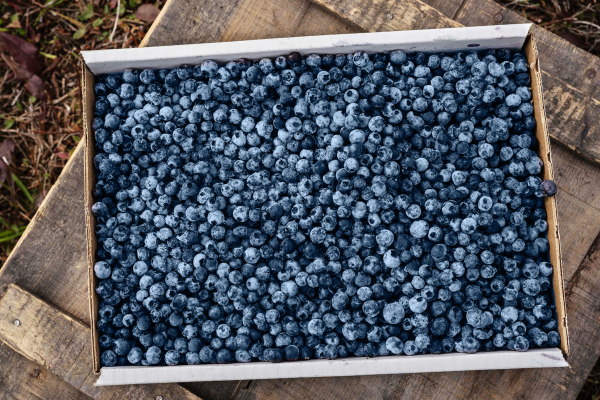Creating an Early Detection System for Florida’s Diversifying Agriculture Sector

In Florida, agriculture is diversifying. Farmers in the state produce the most oranges, grapefruits, fresh market tomatoes, and several other commodities. They are constantly expanding the variety of crops they plant, but this exposes Florida to an even greater variety of plant diseases.
Dr. Carrie Lapaire Harmon’s lab, Florida’s Plant Diagnostic Center, serves as the state’s early detection system. Her lab is equipped to quickly test and diagnose numerous plant diseases, including those never before seen in the state, to prevent devastating outbreaks.
Her team recently investigated the pathogen plaguing Loropetalum, a popular garden shrub, and discovered key differences between it and olive knot, another pathogen that has yet to appear in Florida’s olive groves. The analysis eased the anxiety of farmers looking to increase their olive production.
“Plant pathogens are like tourists. They come to Florida and say, hmm, I’d like to stay here.” – Carrie Lapaire Harmon, PhD
In 2016, the Center examined potato samples thought to be afflicted by the Zebra Chip bacteria. Instead, Dr. Lapaire Harmon’s team found that the plants suffered from a less virulent pathogen and also needed better care and management. The diagnosis saved the farmer from having to eliminate his entire crop and also averted a statewide alarm.
Detecting pathogens and addressing them before they escalate is the Center’s goal, and success comes when crises never happen.
Reprinted from SoAR Retaking the Field, Vol. 1


